Our top tips to create a great CV
The layout of a great CV
All CVs should start with a header containing your contact information. Making this call to action as clear and easily identifiable as possible can make it easier for recruiters to get in contact with you.
The beginning section of your CV should include a professional summary. We recommend researching and including powerful career-orientated words. For example, ‘motivation’, ‘dedication’, ‘experienced’, ‘success’, ‘strong track record’ and others. Your professional summary should be a quick overview of your main qualifications and your ideal career path.
You should then include your educational history. It is important to remember to include this in chronological order. You can also add your professional memberships and awards in this section.
The next section should comprise of your skills. Whether you speak a second language or have another ability that could apply to potential jobs, this is the space to share these skills.
The biggest and most in-depth section of your CV will be your work summary. This is your space to share your accomplishments, responsibilities and other aspects that employers will be looking for. You should also include the title of your position, the name of your employer, the location of your employer and the dates of your employment. It is important that this section is also written in clear chronological order to make your experience clear to employers.
Using examples
Examples are a great way to show your work experience and talent in your CV. We recommend using the STAR method to effectively demonstrate how your experience aligns with the role. The STAR method relates to explaining a Situation, completing a Task, what Action you took and the Result of this work.
Tailoring your CV for different jobs
Tailoring your CV is a great way to stand out. Many people distribute the same CV to different companies, but recruiters are looking for you to specifically match their job description. So, what things can you tailor? Based on what the company is looking for, you can edit your professional summary to include examples of values you hold that align with that specific company or use examples of work that directly align to what they are looking for.
You may also want to amend your skills section, many job descriptions outline the skills the company are looking for. If you feel there are skills you have that aren’t currently on your cv but would be relevant to the new position, we recommend including these in. You can also edit your STAR method examples to include other situations that better align with the job you are applying for.
Use metrics
Where possible, it is great to use examples, but employers also want to see the impact you have. It is great to mention that you have ‘increased sales’, but adding some statistics into your examples can help show the impact you’ve truly had at your previous jobs. Numbered evidence can prove to be more persuasive than just describing your impact.
Check for errors
Once you have the perfectly written CV, make sure to go through and check for any spelling errors or grammar mistakes. It might be handy to get a family member or friend to give you a second pair of eyes, ensuring that your CV looks and sounds great. This is your first impression of a potential employer, and having a tip top CV can help to make a great impact.

